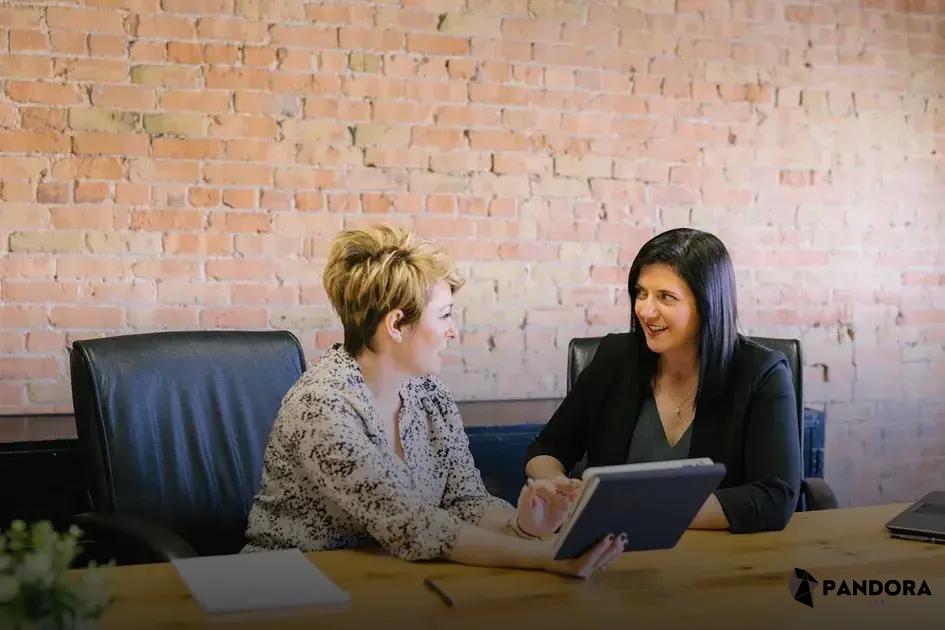Learning how to build a high-performing team is essential for any organization aiming for success. In this guide, you will discover vital strategies to enhance teamwork and productivity. By understanding the importance of communication, trust, and continuous learning, you can create a work environment where every team member thrives. Let’s explore how these elements can transform your team into a powerhouse.
Understanding Team Dynamics
Understanding team dynamics is crucial in creating a high-performing team. It involves recognizing how different personalities, roles, and communication styles interact within a group. Every team has its unique flow, which can significantly impact productivity and morale.
Recognizing Individual Strengths and Weaknesses is vital. This awareness helps in assigning tasks that align with each member’s abilities. When team members are aware of their strengths and others’, they can collaborate more efficiently. For instance, a strong communicator could lead discussions, while a detail-oriented person might handle data analysis.
Role Clarity is another important aspect of team dynamics. When each member knows their role, confusion is minimized, and the workflow becomes smoother. It reduces overlapping responsibilities and enhances accountability.
Teams thrive when there is diversity in thought and approach.
Embracing Diverse Perspectives
encourages innovation and problem-solving. Leaders should foster an inclusive environment where every team member feels comfortable sharing ideas and feedback.
Communication is at the heart of team dynamics. Regular check-ins and feedback loops ensure that everyone is on the same page. It’s important to Address Conflicts Promptly. Healthy conflict can be productive, but unresolved issues can hinder collaboration.
An understanding of team dynamics equips leaders to identify and remove obstacles. This adaptability in managing group interactions is essential to empower team members, fostering an environment where the team can collectively achieve its goals.
Effective Communication Techniques
Effective communication is crucial for a high-performing team. It fosters collaboration, resolves conflicts, and ensures everyone is on the same page.
Active Listening
is a vital component. Encourage team members to pay full attention when others speak. They should ask questions for clarity and provide feedback, showing they value each other’s input.
Moreover, developing clear communication channels is essential. Utilize tools like Slack or Microsoft Teams to keep conversations organized and ensure everyone knows where to find information. Hold regular meetings but keep them concise and focused on essential topics to avoid information overload.
Practice non-verbal communication too. Body language and facial expressions can convey support or disagreement. Train the team to be aware of these cues. Lastly, establish a culture where feedback is open and constructive, enabling continuous improvement and mutual respect among team members.
Building Trust Among Team Members
Trust is the foundation of any successful team. Without it, collaboration stalls, and productivity suffers. Fostering trust among team members requires intentional strategies and consistent effort. Here’s how you can build trust effectively:
Encourage Open Communication
Create an environment where team members feel safe to express their thoughts and ideas. Encourage feedback and be open to conversations where everyone can voice their opinions. This openness promotes transparency and reduces misunderstandings.
Promote Collaboration
Assign projects that require the strengths of different team members. This will not only allow for diverse inputs but will also help team members appreciate each other’s skills. Collaborative work fosters mutual respect and enhances trust.
Lead by Example
As a team leader, model trustworthiness in your actions. Keep your promises, show integrity, and trust your team to make decisions. Your example will set a standard for the team, promoting a culture of trust.
Recognize and Reward Honest Behavior
Praise team members who demonstrate honesty and openness. Celebrate milestones achieved by transparent collaboration. Recognizing these behaviors can strengthen trust across the team.
Resolve Conflicts Promptly
Address any disagreements quickly and fairly to prevent mistrust from growing. Facilitate discussions and work towards solutions that are acceptable for all parties. A proactive approach to conflict resolution fosters a stronger bond.
Commit to Team Development
Invest in training and team-building activities that focus on trust-building. By prioritizing development, you show the team that trust is crucial and valued.
Continuous Learning and Development
In the rapidly evolving business landscape, continuous learning and development are crucial for maintaining a high-performing team. Teams that prioritize growth opportunities are better equipped to adapt to changes and innovate effectively. Promoting a culture of learning encourages team members to enhance their skills and knowledge, leading to increased productivity and satisfaction.
Organizations should provide regular training sessions and workshops tailored to the specific needs of the team. This not only strengthens existing skills but also introduces new methodologies and technologies that can drive the team forward. Mentorship programs offer another avenue for development, allowing experienced team members to share their insights and support colleagues in their professional journeys.
Encouraging team members to pursue certifications or advanced courses can further bolster the team’s expertise. Providing access to online courses or subsidizing educational expenses shows that the organization values the professional growth of its employees. Additionally, setting aside time for knowledge-sharing sessions allows team members to teach each other what they have learned, fostering a dynamic and collaborative environment.
Feedback mechanisms also play a vital role in continuous development. Regular performance reviews and constructive feedback sessions help team members identify areas for improvement and set actionable goals. By aligning personal development goals with organizational objectives, teams can achieve superior results and maintain a competitive edge in their industry.





